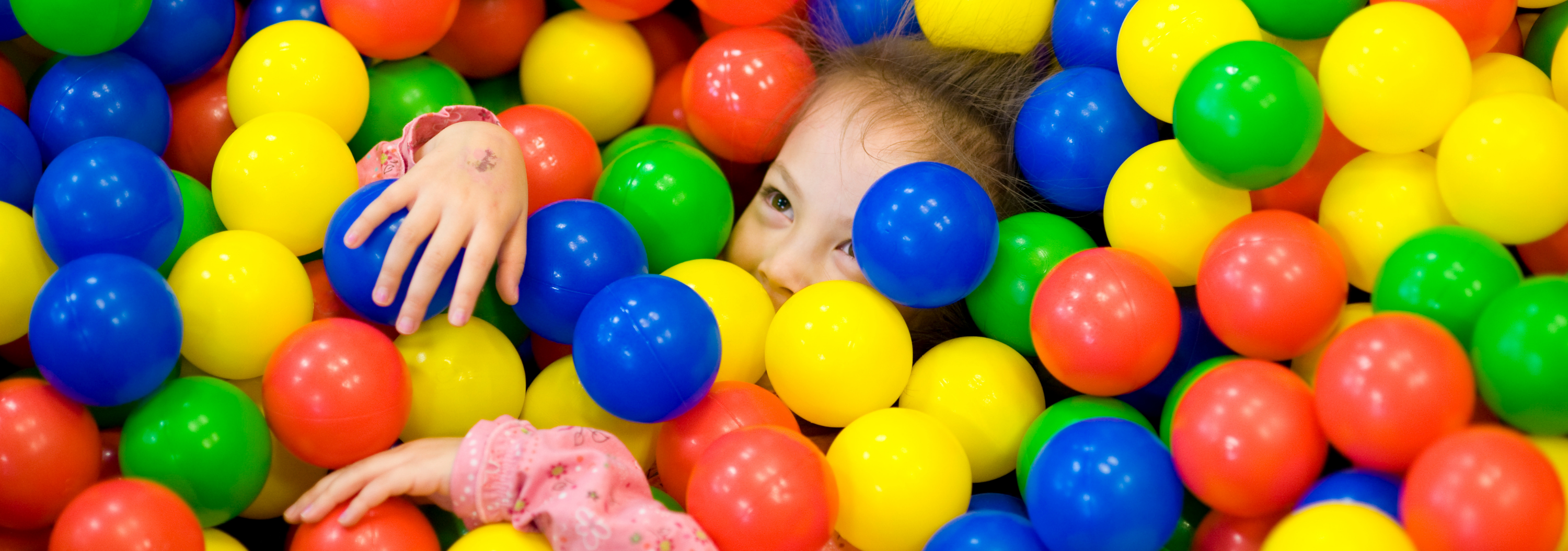Classroom Sensory Activities Promote Emotional Regulation
Jean Blalock, an associate teacher-counselor at PEP Willow Creek, believes in the power of sensory activities for children. She uses a variety of tools in the classroom to ensure students always have access to the sensory items they need to stay regulated.
Creating a Sensory-Rich Classroom
Each child has their own individual sensory box to use at their desks. They contain items like Play-Doh, squishy balls, head scratchers, and stretchy arm bands. Each morning, after breakfast, her students go get their boxes and choose an activity they enjoy to start the day. This is important because it helps children understand that there are things they can do to regulate themselves even in their own seat.
Ms. Blalock also creates multiple sensory stations throughout the classroom. There is a ball pit in one corner. It is part of the classroom’s “safe space” and is always available. Other stations they visit during sensory time. There are a variety of special chairs — some wobble or rock, some are shapes, and others have interesting textures. Other sensory stations include a swing affixed to the ceiling, a bean table and a mini-trampoline.
Figuring Out What Works
“Classroom sensory activities give kids the opportunity to figure out ways to soothe themselves. We want them to experiment so that they learn there are sensory activities you can do to feel better,” explains Ms. Blalock. “Ultimately, we want them to know what they need and to know to ask for it.”
She explained that allowing the kids to try out all the stations can also help the classroom staff better understand what to try with kids when they are struggling. “We had one child who was always wandering around and could not stay in his station, even in sensory time – except when he was in the swing,” she explained. “For us that was a big clue about what tool to try the next time he was struggling to manage his emotions. And we were right. The swing worked.”
At PEP, teaching emotional regulation strategies, like classroom sensory activities, is a core component of our daily work with kids. For kids struggling to overcome trauma or managing serious emotional challenges, it’s crucial learn how to cope with big emotions. It is only after we are emotionally regulated that we can begin to learn. That’s what makes these sensory activities so important. They help kids regulate their emotions so they’re ready to learn.
